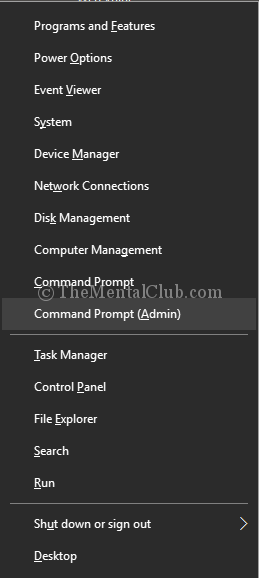Many times you have faced with those problems certainly where have some problem with start-up of computer related to your windows operating system or problem of bag which is related to a system file. Some cause acts behind this problem. Like suppose it can be happen if system file is corrupt of windows or it can be happen for missing any file, it can happen after installation any software where anyhow system file of windows has become damaged at the time of processing of installation that software. Anyway, for releasing of this problem in windows 10 operating system like before all windows versions there is a command prompt utility by the name of windows resource protection, through which you will scan, verify and even fix this system file.
Do you know how to Scan and fix corrupt system file in windows?
If you active this system after getting problem (even you can active if in safe mode then also it will work) then you can use utility easily from within windows. And if it is that your Windows system has not active yet, you can use at the time of boot any type of installation from repair mode of media.
Now let’s come about that how it will use fro Window. First, you have to active Command Prompt in administrative mode for this. For this you can active “Command Prompt (Admin)” by clicking right side in start menu or pressing Windows+X.
When you will see a command prompt with administrative mood on your screen, then using syntax in below, you will use a utility from here.
SFC [/SCANNOW] [/VERIFYONLY] [/SCANFILE=<file>] [/VERIFYFILE=<file>]
[/OFFWINDIR=<offline windows directory> /OFFBOOTDIR=<offline boot directory>]
The best useful and easy syntax between upper syntax is the sfc/scannow syntax. Through this utility will scan all corrupted or missing foul of all systems and also it will repair with it.
In spite of this if you want to know only about the problem, then you can use sfc/ verifyonly syntax. In this case utility will scan problems only, but it will not do any type of repair.
You can scan or verify any particular file if you wish. You have to use /scanfile=<file> or /verifyfile=<file> syntax for this. Example, sfc/scanfile=c:windows\system32\kernel32.dII.



































